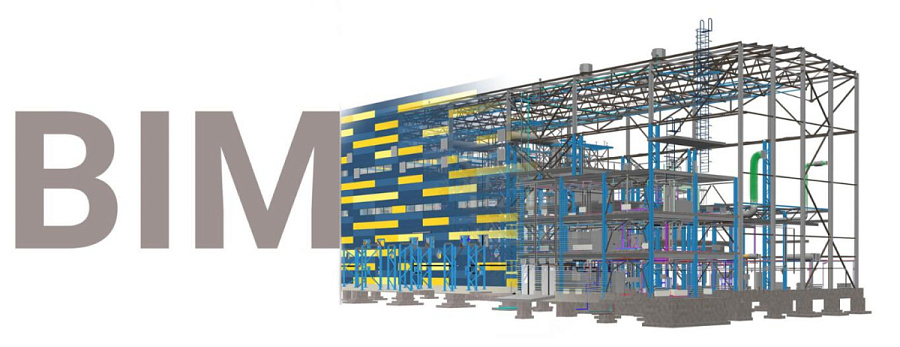Visual Programming With Dynamo
Visual Programming with Dynamo stands out as a primary avenue to automate Revit and Civil3D. Today, we shall delve into a comprehensive examination of the merits and drawbacks associated with this approach.
Employing programming within BIM design enables the automation of repetitive tasks, expediting the design process and minimizing the duration dedicated to routine undertakings. Programming facilitates enhanced designs, augments the capabilities of software applications like Revit, Civil3D, and their counterparts, and introduces novel features and functionalities that surpass the standard software offerings.
BIM Programmers possess the adeptness to seamlessly integrate Revit and Civil3D with diverse systems such as ERP, CAD, GIS, and others. This integration bolsters the efficiency of inter-system interactions, fostering a seamless synergy between these platforms.
Dynamo offers a graphical programming environment that empowers users to construct algorithms and scripts through the creation of nodes and their interconnections. This dynamic platform enables the automation of repetitive tasks, the creation of intricate geometric models, the execution of calculations, data management, and much more.
Visual Dynamo programming boasts several distinct advantages:
- It caters to beginners and smaller-scale projects, providing an accessible entry point into the realm of automation.
- The platform's accessibility and user-friendly interface make it particularly appealing to individuals lacking prior programming experience.
- A rich assortment of libraries and nodes expands the possibilities for customizing workflows.
- Dynamo facilitates the integration of Python scripts, thereby augmenting its functionality.
- Dynamo's capabilities are relatively constrained when compared to more robust programming languages like Python and C#.
- Developing intricate algorithms in Dynamo can be labor-intensive and time-consuming.
- Dynamo's execution speed may be comparatively slower than when coding directly in C#.






